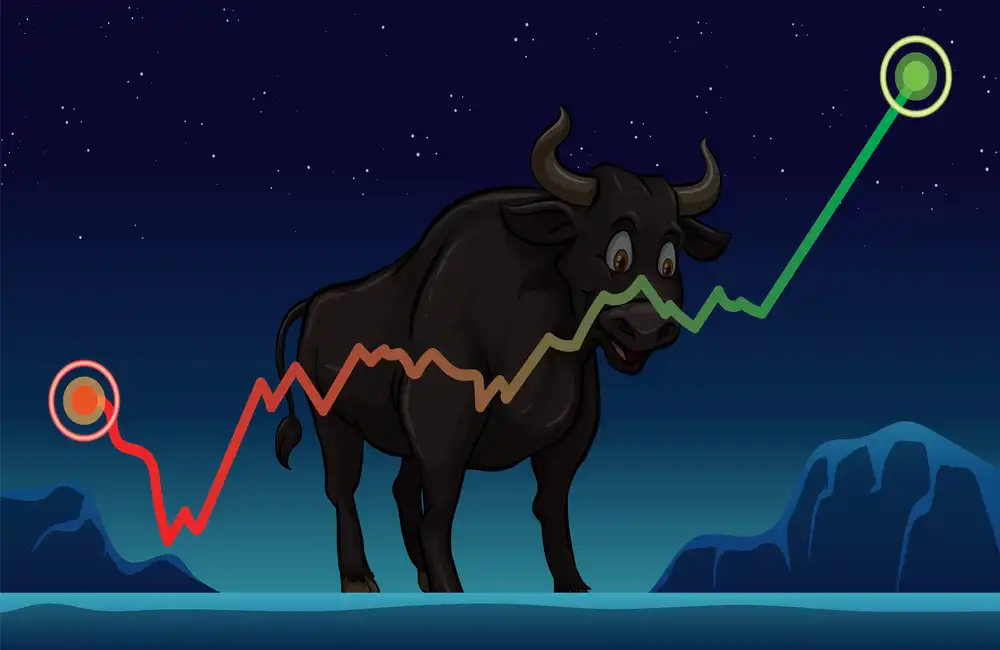Investing in commodities offers a unique way to diversify your portfolio and profit through economic shifts. Unlike stocks and bonds, commodities are physical assets like oil and gold, and their pricing follows distinct supply and demand patterns.
What Is Fundamental Analysis in Commodity Investing?
Fundamental analysis examines the key factors driving commodity price movements. By evaluating supply and demand dynamics, macroeconomic trends, and industry reports, investors can forecast price changes and identify profitable opportunities.
Supply and Demand Dynamics
- Supply factors: Production levels, reserve quantities, and geopolitical stability determine a commodity's availability.
- Demand factors: Industrial use, consumer demand, and economic cycles drive price trends. For example, copper demand rises during industrial expansion.
- Market balance: Supply shortages can lead to price spikes, while surpluses may cause declines.
Macroeconomic Factors Affecting Commodity Prices
- Inflation: Commodities often rise in value during inflation, acting as a hedge against currency depreciation.
- Interest rates: Higher rates increase the cost of holding non-yielding assets, potentially lowering commodity prices.
- Trade policies: Tariffs and sanctions can disrupt supply chains or open new markets, influencing pricing.
Key Financial and Industry Indicators
- Industry reports: OPEC oil updates, USDA agricultural forecasts, and mining sector reports offer critical insights.
- Currency fluctuations: Commodities priced in USD are highly sensitive to exchange rate movements.
Core Elements of Fundamental Analysis for Commodities
Supply Factors
Understanding supply constraints is essential. Key influences include:
- Mining production: Gold, silver, and copper availability depends on extraction rates.
- Weather conditions: Droughts and floods impact agricultural yields.
- Geopolitical risks: Sanctions, trade disputes, and conflicts can disrupt supply chains.
Demand Factors
Demand trends play a vital role in commodity pricing:
- Industrial applications: Many commodities are raw materials for construction, technology, and manufacturing.
- Emerging markets: Developing economies drive demand for oil, steel, and agricultural products.
- Consumer preferences: The push for renewable energy has increased the need for lithium and rare earth metals.
Cost of Production
- Break-even prices: If commodity prices fall below production costs, output slows, often leading to a price rebound.
- Operating margins: Analyzing producer profitability helps assess price sustainability.
Global Market Trends
- Economic expansion: Industrial metals like copper experience rising demand during growth periods.
- Economic downturns: Investors tend to favor safe-haven assets like gold during recessions.
How to Evaluate Commodities Using Fundamental Metrics
Reading Commodity Reports and Forecasts
- Use reports from sources like the Energy Information Administration (EIA) for oil and the USDA for agriculture.
- Track inventory levels, production forecasts, and trade data to anticipate price movements.
Analysing Company Financial Statements
For commodities linked to mining or agriculture:
- Examine balance sheets and income statements of leading producers.
- Assess debt levels versus cash flow to determine financial health.
Comparing Historical Trends and Price Cycles
- Reviewing past price movements helps identify cyclical trends.
- Comparing historical economic patterns with current conditions improves investment forecasting.
Common Pitfalls to Avoid in Fundamental Analysis
While fundamental analysis is effective, investors should avoid these mistakes:
- Short-term focus: Relying on minor price fluctuations instead of long-term trends.
- Ignoring geopolitical risks: Failing to anticipate trade policy changes or political disruptions.
- Misinterpreting market signals: Understanding the difference between speculative activity and actual value.
Advisor’s Gateway: Your Commodity Investment Resource
Successful commodity investing requires the right tools and insights. Advisor’s Gateway provides:
- Expert research: Market trend analysis, regulatory updates, and industry insights.
- Actionable data: Real-time reports to help you stay ahead of market shifts.
- Tailored opportunities: Investment recommendations suited to your risk tolerance and goals.
Start Making Smarter Investments Today
Mastering commodity investing starts with strong fundamental analysis. Understanding key price drivers, evaluating financial data, and avoiding common mistakes can improve long-term success.
Subscribe to Advisor’s Gateway for expert guidance, advanced tools, and timely market insights.
[Sign Up Now]
Tags:
- 'Fundamental Analysis for Commodities'
- 'Commodity Market Trends'
- 'Investing in Oil and Gold'
- 'Supply and Demand in Commodities'
- 'Macroeconomic Impact on Commodities'
- 'Commodity Investment Strategies'
- 'Assessing Commodity Stocks'
- 'Common Mistakes in Commodity Investing'
- 'Understanding Commodity Price Movements'





















